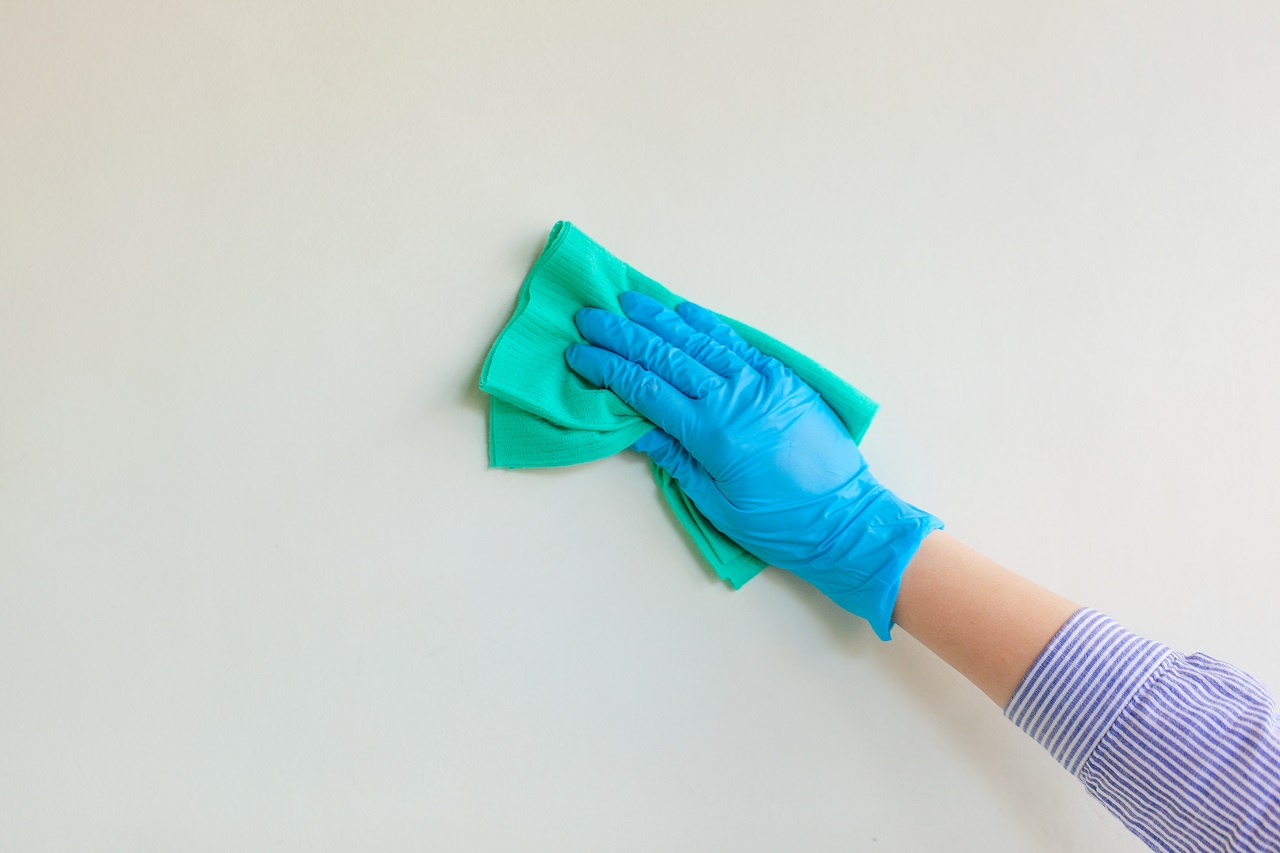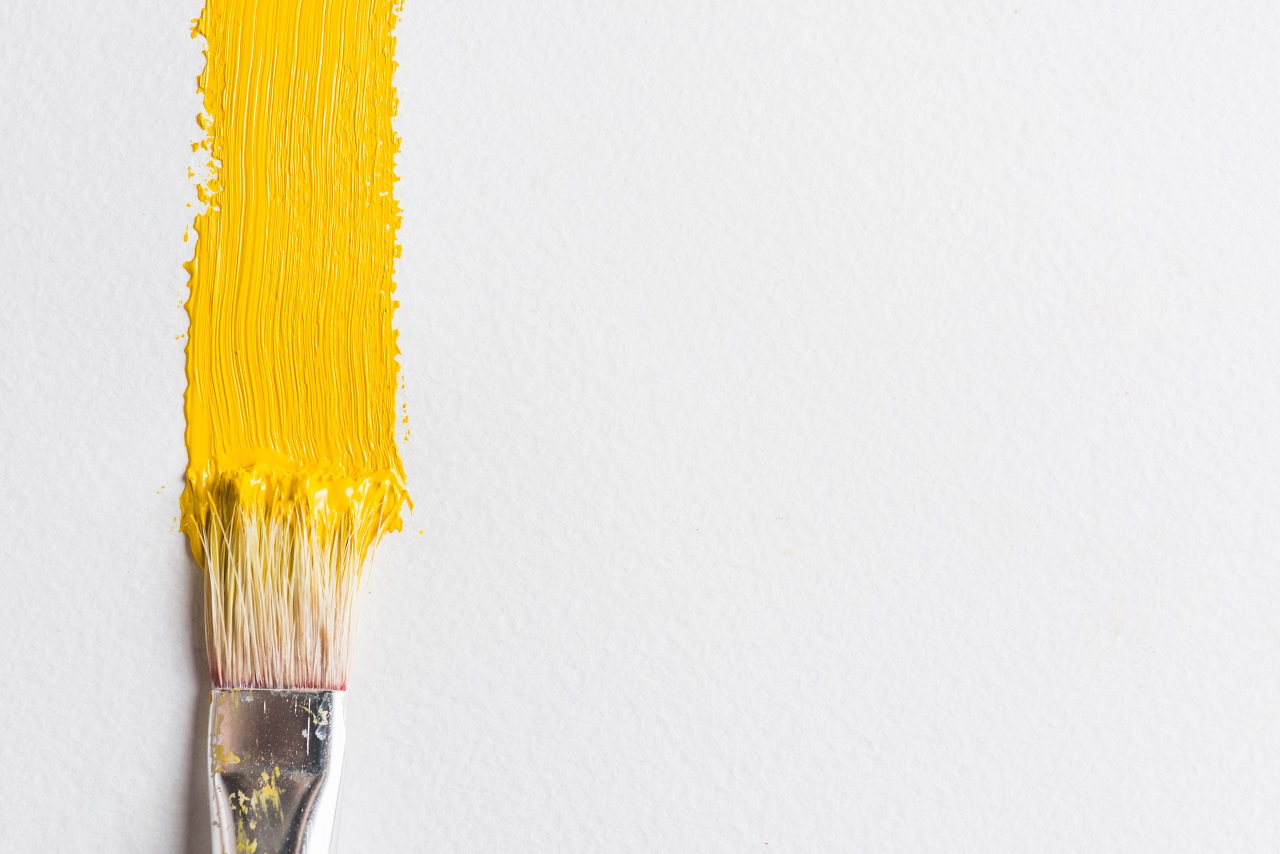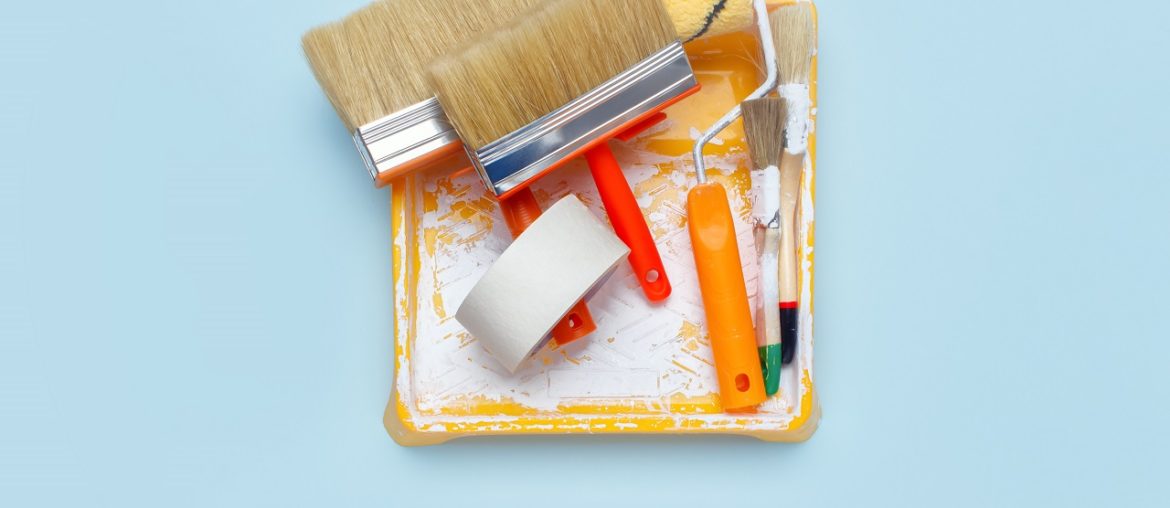How can you effectively paint with and without tape?
- Decide if you want to use tape
- Begin with a clean surface
- Techniques to try with tape
- Tips on painting without tape
Painting with tape can make everything easier if you don’t have a steady hand. You can easily achieve crisp, straight lines without much effort. Painter’s tape is also an extra tool you can use to finish your project faster.
Taping off corners and spaces is not particularly difficult. With a keen eye, you can make painting less stressful. But if you’re looking to save money, you can still work on your surface with some determination and steady hands. Are you interested in learning how? Scroll down!
Decide If You Want To Use Tape
First, you need to decide if you want to use tape or not. It may not be necessary if you have steady hands. You can save money by skipping tape altogether and just practice your brush technique instead. But if you have the extra budget and really want to get those exemplary straight edges, then tape is the way to go.
If you choose to incorporate tape into your project, you have to purchase the right one. Painter’s tape is a commonly used type but masking tape can be used for painting as well. Just be sure to choose one that doesn’t leave a sticky residue when you remove it. It can be time-consuming to remove excess residue when you have already completed the project. Be mindful of the texture and brand you’re choosing. If you’re unsure if it’s the right tape, it’s always safe to ask.
Begin With a Clean Surface

Like any painting project, a clean surface is important. Before even laying on any base paint or tape, clean your surface with a mild cleanser. Any residue, dirt, and grime can mix with the paint and cause an uneven texture. The unevenness can prevent straight lines from forming, even if you use a steady hand. It can also prevent the tape from adhering to the wall properly. Wait for everything to dry and wipe the surface with a clean rag before starting.
Techniques To Try With Tape
Tapes are very forgiving to use. Like painting, it’s best to work in sections when laying tape down. This ensures that the application is as smooth and as straight as possible. Try stepping back to see if your application is clean. A change of perspective can help you spot any uneven areas.
When you apply the tape, make sure to run your finger over it or use a plastic card to smoothen it out. This lets the tape thoroughly adhere to the surface. This can prevent the paint from seeping through and disrupting the straight edge you desire.
When painting in large areas, you can loop the tape around your wrist and keep it close. Masking or painter’s tape is easy to tear. This is handy if you’re painting your ceiling or other high areas. Shorter strips of tape tend to be easier to apply rather than applying a longer one. Smaller strips also work best around uneven edges and decorative areas.
For corners, take a box cutter and carefully remove the excess pieces of tape. Do this gently to prevent damaging your walls. You can simply pull the excess tape off in a gentle motion.
Before removing the tape, make sure that the paint is dry or dry to the touch. It can be tempting to rip off the tape as soon as you finish, but the paint can drip onto your new line and disrupt all your prep work. Don’t let your tape work go to waste. Be patient.
Tips On Painting Without Tape

To paint your edges and trims smoothly, you can purchase a good brush. There’s no need to purchase any specialized edging tools for painting. Using a good brush with the right painting technique can help you get similar results. It’s all about the application. If you have a bucket or paint trim cup, make sure that you don’t fill it to the brim with paint. You can avoid messes and make sure you have the right amount of paint on your brush at all times.
When dipping your brush, don’t dip it all the way through. Dip it half-way. This is just the right amount and even then you will get a bit of excess. Brush off the excess by dragging one side of the brush against the edge of the bucket or cup. Now go to the edge and point downwards. Avoid pushing the brush all the way to the edge. Leave a small gap, about half an inch. This unloads even more excess paint. You can now proceed to move sideways and feather out the paint you just laid on. Now you have a clean edge. You can proceed to paint normally as you fill your walls. Remember to avoid overbrushing!
Key Takeaway
Painting with tape and without tape is easy with these techniques. The important thing to remember is to take your time. Taking your time will ensure that you have the best results. Get the smoothest edge on your trim by following this guide!




